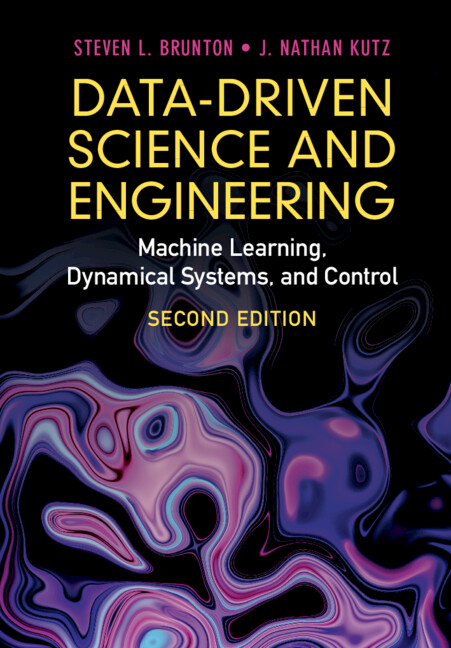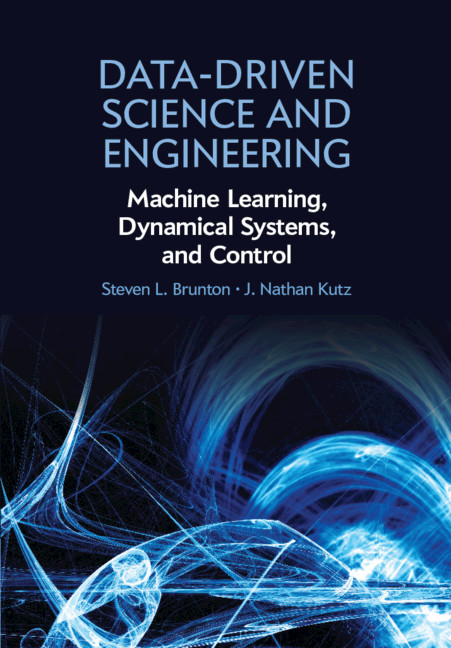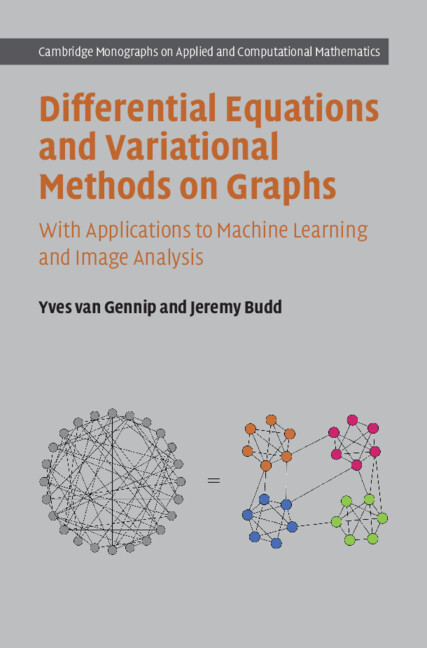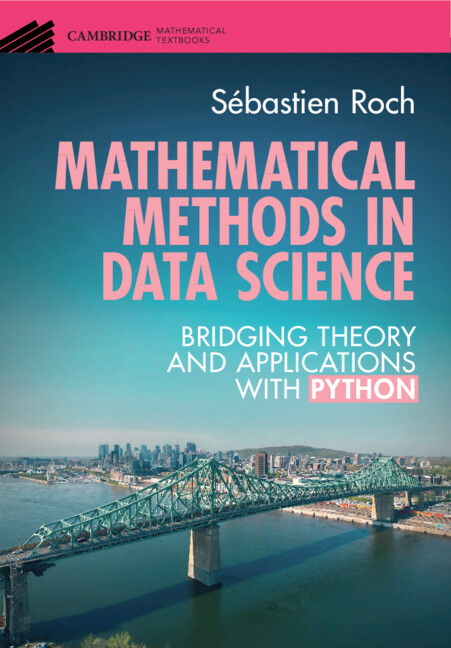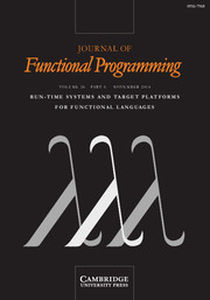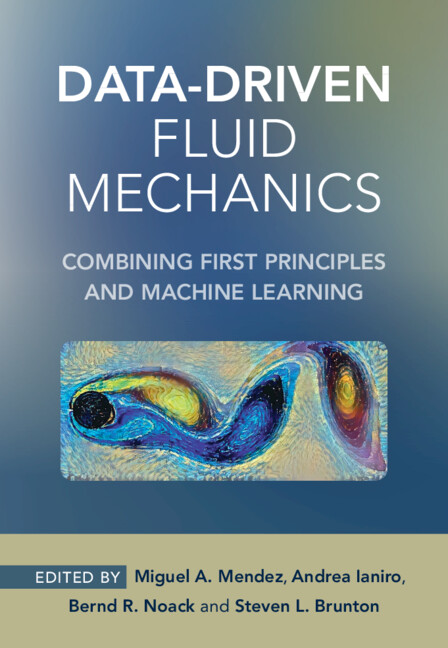Data-Driven Science and Engineering
Data-driven discovery is revolutionizing how we model, predict, and control complex systems. Now with Python and MATLAB®, this textbook trains mathematical scientists and engineers for the next generation of scientific discovery by offering a broad overview of the growing intersection of data-driven methods, machine learning, applied optimization, and classical fields of engineering mathematics and mathematical physics. With a focus on integrating dynamical systems modeling and control with modern methods in applied machine learning, this text includes methods that were chosen for their relevance, simplicity, and generality. Topics range from introductory to research-level material, making it accessible to advanced undergraduate and beginning graduate students from the engineering and physical sciences. The second edition features new chapters on reinforcement learning and physics-informed machine learning, significant new sections throughout, and chapter exercises. Online supplementary material – including lecture videos per section, homeworks, data, and code in MATLAB®, Python, Julia, and R – available on databookuw.com.
- Offers first text in data science where data methods for scientific discovery are highlighted, aimed at advanced undergraduates, graduate students and researchers
- Highlights many of the recent advances in scientific computing that enable data-driven methods to be applied to a diverse range of complex systems, e.g. turbulence, the brain, climate, epidemiology, finance, robotics, and autonomy
- Supplementary material – including lecture videos for every section, homework for all chapters, data, full codes in Python, MATLAB®, Julia, and R, and additional case studies – can be found on databookuw.com
- Prerequisites include calculus, linear algebra 1, and basic computational proficiency in either Python or MATLAB
- Suitable for applied data science courses, including: Applied Machine Learning; Beginning Scientific Computing; Computational Methods for Data Analysis; Applied Linear Algebra; Control Theory; Data-Driven Dynamical Systems; Machine Learning Control; Reduced Order Modeling
Reviews & endorsements
'Finally, a book that introduces data science in a context that will make any mechanical engineer feel comfortable. Data science is the new calculus, and no engineer should graduate without a thorough understanding of the topic.' Hod Lipson, Columbia University
'This book is a must-have for anyone interested in data-driven modeling and simulations. The readers as diverse as undergraduate STEM students and seasoned researchers would find it useful as a guide to this rapidly evolving field. Topics covered by the monograph include dimension reduction, machine learning, and robust control of dynamical systems with uncertain/random inputs. Every chapter contains codes and homework problems, which make this treaties ideal for the classroom setting. The book is supplemented with online lectures, which are not only educational but also entertaining to watch.' Daniel M. Tartakovsky, Stanford University
'Engineering principles will always be based on physics, and the models that underpin engineering will be derived from these physical laws. But in the future models based on relationships in large datasets will be as important and, when used alongside physics-based models, will lead to new insights and designs. Brunton and Kutz will equip students and practitioners with the tools they will need for this exciting future.' Greg Hyslop, Boeing
'Brunton and Kutz's book is fast becoming an indispensable resource for machine learning and data-driven learning in science and engineering. The second edition adds several timely topics in this lively field, including reinforcement learning and physics-informed machine learning. The text balances theoretical foundations and concrete examples with code, making it accessible and practical for students and practitioners alike.' Tim Colonius, California Institute of Technology
'This is a must read for those who are interested in understanding what machine learning can do for dynamical systems! Steve and Nathan have done an excellent job in bringing everyone up to speed to the modern application of machine learning on these complex dynamical systems.' Shirley Ho, Flatiron Institute/New York University
Product details
No date availableHardback
9781009098489
614 pages
259 × 183 × 31 mm
1.39kg
Table of Contents
- Part I. Dimensionality Reduction and Transforms:
- 1. Singular Value Decomposition
- 2. Fourier and Wavelet Transforms
- 3. Sparsity and Compressed Sensing
- Part II. Machine Learning and Data Analysis:
- 4. Regression and Model Selection
- 5. Clustering and Classification
- 6. Neural Networks and Deep Learning
- Part III. Dynamics and Control:
- 7. Data-Driven Dynamical Systems
- 8. Linear Control Theory
- 9. Balanced Models for Control
- Part IV. Advanced Data-Driven Modeling and Control:
- 10. Data-Driven Control
- 11. Reinforcement Learning
- 12. Reduced Order Models (ROMs)
- 13. Interpolation for Parametric ROMs
- 14. Physics-Informed Machine Learning.

